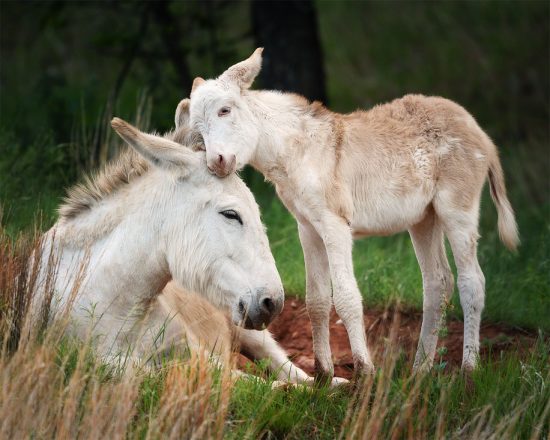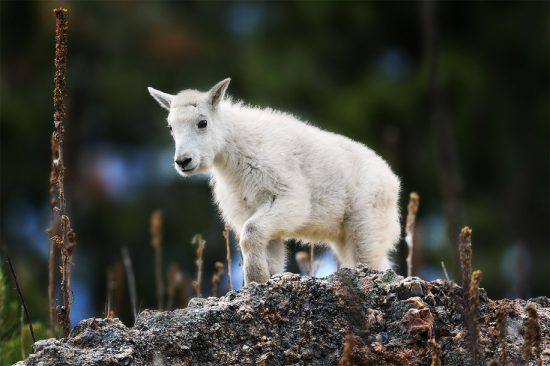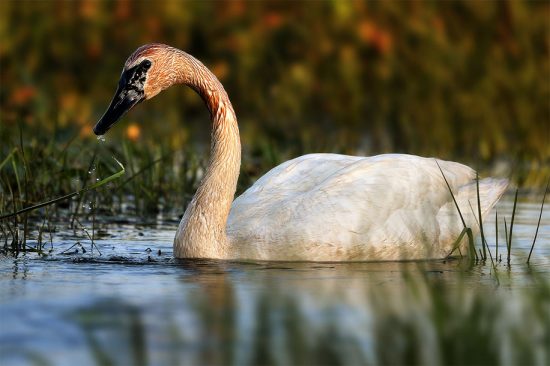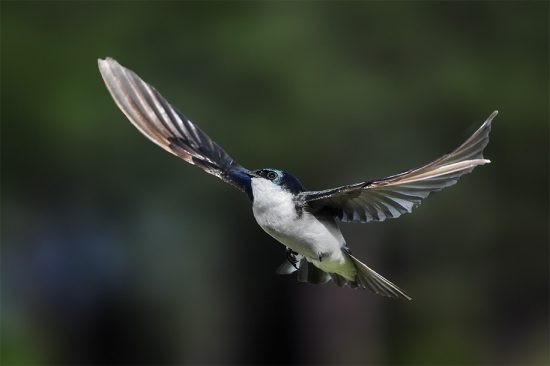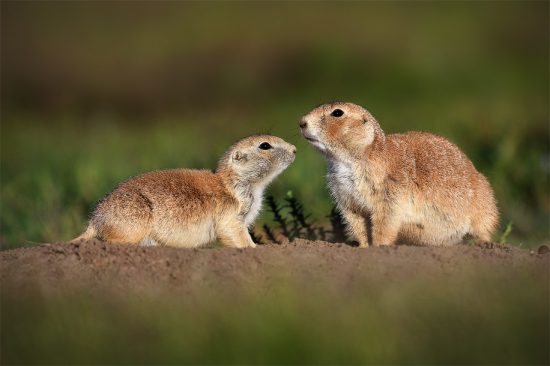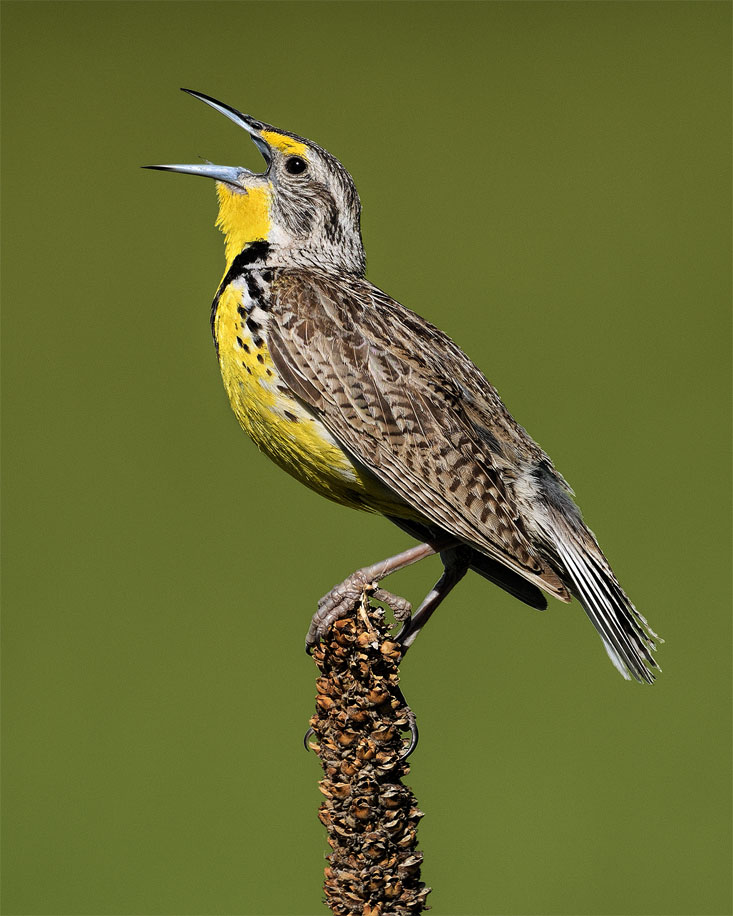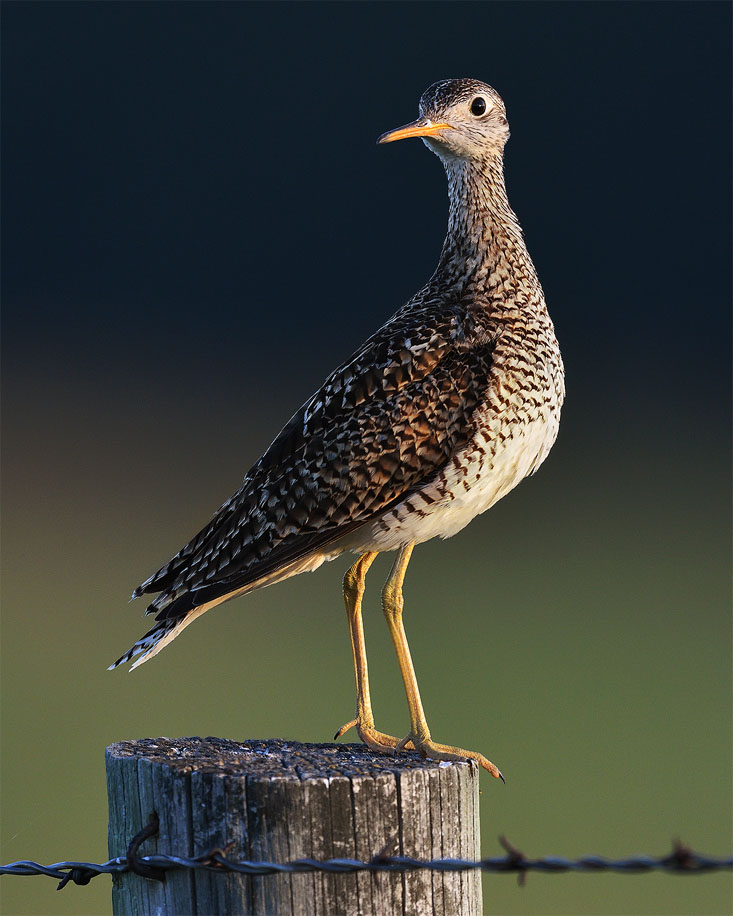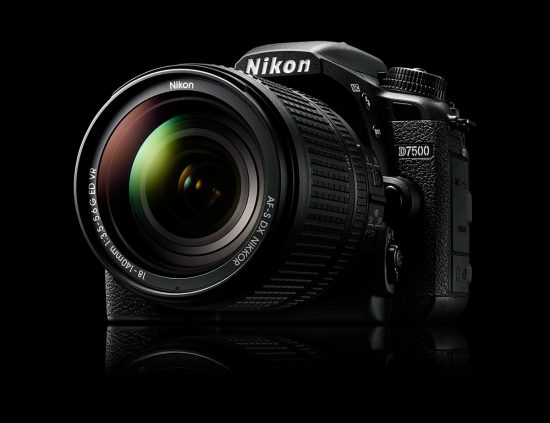
This Nikon D7500 DSLR camera review is by Steve Perry (website | YouTube | Facebook). You can check also his previous [NR] posts here.
It’s no secret that when Nikon introduced the new D7500, the reception was less than enthusiastic. In looking back, I actually think that maybe “brutal” is a more accurate description.
After the announcement, pundits lamented endlessly about the lack of a second SD card slot, the omission of the Ai indexing tab, and of course the elimination of vertical grip support. And honestly, any one of those has deal-breaking potential, depending on what you need as a photographer.
The thing is, while Nikon deleted some features, the camera also received a variety of useful upgrades. Sadly, these were summarily dismissed by the naysayers.
Well, since I’m not one to render verdicts from my office chair, I decided to purchase a D7500 the first day it was available and draw my own conclusions. Over the next month or so, I used it as my primary work camera and took it with me to several really great locations. I was eager to see for myself if there was more to this new member of the Nikon family than meets the eye – or if it truly was a black sheep.
In the video below, you’ll see my conclusions, as well as a comparison of the D7500 to the other top dogs of Nikon’s DX lineup – namely the D7200 and D500. I’ll show you real world usage, samples, and even some tips and tricks. So, let’s dive in:
Below you’ll find a handful of sample images from the D7500 along with descriptions of what I felt were the most useful aspects of the camera for each photograph.
I captured quite a few of the sample images from my D7500 while visiting Custer State Park in South Dakota. The burros run wild there, and we were lucky enough to spot this mother and foal. At first glance, this looks like a scene that any camera can capture – and that’s probably true – however, the high frame rate of the D7500 was nice to have.
You see, this isn’t exactly as it seems. Although it may appear as just a static shot of the little guy lovin’ on his mother, in reality this was captured when he decided it was time to rub his head on hers -vigorously. The high frame rate of the D7500 allowed me to capture a variety of wonderful expressions.
We spotted this little guy while scouting locations one early afternoon. Generally speaking, I don’t shoot in the middle of the day, but there was a nice bright overcast that allowed for an opportunity. I switched to the new Highlight Weighted metering mode to help avoid overexposing the bright areas and it worked like a champ.
This was my very first night out with the camera at a local marsh. There wasn’t much going on, and I was about to leave when I came across this swan making his way through the vegetation. Thanks to the small, lightweight combo of this camera and the 300 PF, I was easily able to maneuver to ground level to capture this image.
Photographing swallows is always a tricky proposition, and when I found a nesting box in Custer SP, I knew I had to give the D7500’s AF system a workout. While it did struggle at times – especially compared to the 153 point system in the D5/D500, it was still able to put some nice keepers on my card. I experimented with every AF mode, and without a doubt Group AF was the best choice for this scenario – something that’s not even an option on the D7200.
This is an example of why I love the new tilt screen combined with the increased Live View AF speed of the D7500 over the D7200. Normally to get a shot like this I’d have to lie flat on the ground – a risky proposition with all the bison exhaust strewn across the prairie. This system allowed me to get my rig nice and low and use the tilt screen to capture my images. I also really enjoyed the “touch to focus” option – it made capturing these images far easier than typical Live View. (see the video to watch it in action).
I know, it’s a pretty basic shot, but there is a trick to these guys (aside from just getting close enough for a photo). When they sing, they like to close the nictitating membrane over their eyes – making them look like little bird zombies. However, their eyes do pop open on occasion as they warble. With that in mind, I’d wait till the music started, and simply do short bursts at 8FPS. Most of the time I’d end up with a keeper or two each burst.
What I like about the D7500 is that the fast frame rate and relatively deep buffer make it a fantastic little camera for action sequences. While it’s not D500 speed, it was still noticeably quicker than the D7200 and was perfect for keeping pace with this little racing pronghorn fawn.
Finally, we have this image – and yes, just about any camera can capture a picture like this. And that’s the point. In many cases, we simply don’t need blistering speed or a boatload of features to capture a given image. In fact, I think most images fall into this category. Just something I like to keep in mind when I find myself obsessing over specifications sometimes. 🙂
Concluding Thoughts
I have one final thought that I’d like to share with you. The major gripe about the D7500 is what Nikon took away – and I still think that deleting those options was a mistake. However, it’s also interesting to note that most of what was taken away does far less to help you capture great images than what was added.
After all, I have seldom credited my vertical grip with helping me capture a once-in-a-lifetime photo, nor has having a second empty card sitting in the overflow slot ever done much to net me a cover shot. What does help in those cases are things like faster FPS, a deeper buffer, better AF modes (like the addition of Group and better 3D AF), faster Live View AF – coupled with that tilting touch screen, and even things like Electronic First Curtain Shutter. All of those new features do far more to help secure great images than (most) of the deleted features.
So, if you’re looking at this camera from a technical perspective, irritated at what Nikon removed, it will seem like a step backward. However, if you’re looking at it from the standpoint of a shooter, I think you may discover there is something to like about it after all.
Finally, if you enjoyed this review, please check out my e-books, Secrets To The Nikon Autofocus System and Secrets To Stunning Wildlife Photography. Tens of thousands of photographers are already using the tips, tricks, and techniques to put more keepers on their cards. Check ‘em out 🙂
If you have an interesting idea for a guest post, you can contact me here.
For additional D7500 coverage check the D7500 category and follow the new Nikon D7500 Facebook group.
